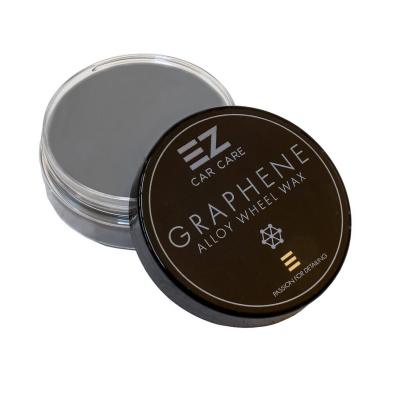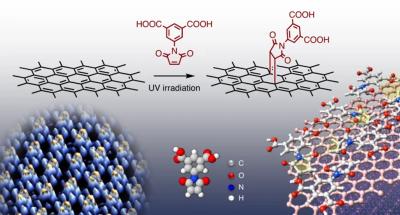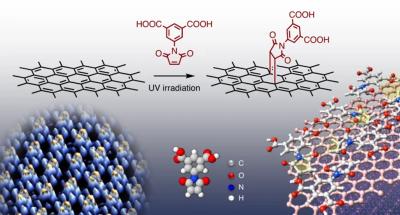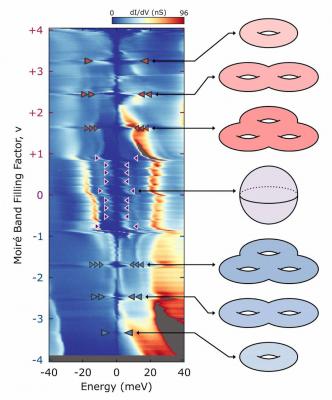Sparc launches graphene sensor project to detect human and animal diseases
Sparc Technologies, which recently announced the acquisition of Australian company Graphene Technology Solutions (GTS) as well as its plan to become a significant developer of graphene-based products that will disrupt and transform industrial markets, has established a new graphene bio-medical division aimed at developing non-invasive graphene-based breath sensing devices for detection of diseases in humans and animals.
Sparc will advance the project together with cornerstone shareholder, strategic partner and leading graphene research centre the University of Adelaide (UA) in order to establish and develop non-invasive sensing devices for human and veterinarian applications.





